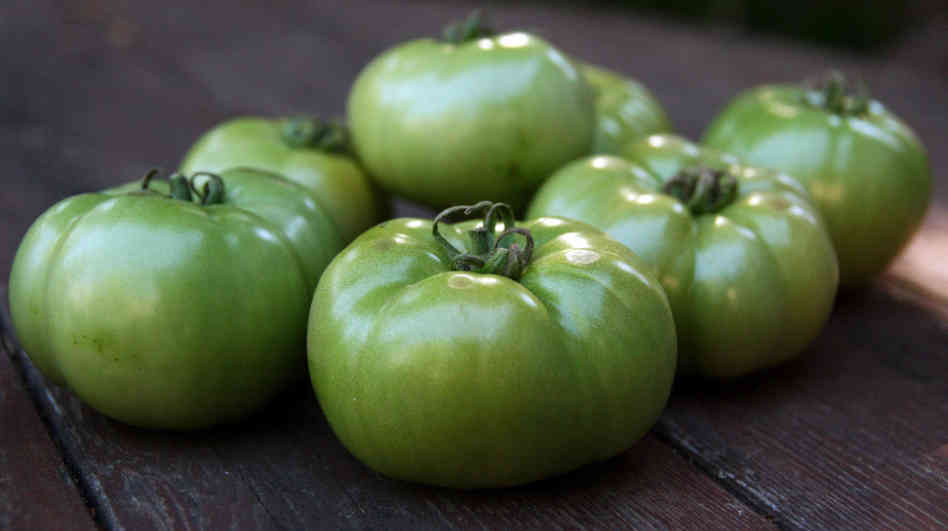Tomatoes and Poison: Humanity’s Innate Conservatism February 17, 2014
Author: Beach Combing | in : Modern , trackbackTomatoes are one of the fundamentals of modern cuisine in all continents. Yet just five hundred years ago they were a practically unknown Andean plant of the nightshade family that, when grown in New England or French or Italian gardens, were labelled as ‘ornamentals’: i.e. no one put a tomato near their mouth. Why were Europeans reluctant to eat a fruit that today is a world staple? Well, one of the ironies of ‘the meeting of the worlds’, the first hundred years after Columbus, when disesases, animals, ideas and plants were exchanged between the New and Old World (after millennia in which these two regions had been relatively isolated from one another) is the reluctance of Europeans to use the treasures of the New World. Even the potato was repeatedly rejected for the first two hundred years after its discovery and still more alluring foods like the pineapple and cacao took time to catch on. Of course, much of this was sensible human conservatism: ‘hell, this is new, let’s go slow’, laced with lots of nonsense about these foods causing leprosy or nymphomania (really). But with tomatoes (and potatoes) there was a more rational reason that is worth rehearsing here again.
Tomatoes are Solanaceae or, in plain English Nightshades. Solanaceae were best known in Europe at this date through the Deadly Nightshade, a nasty little number whose leaves and berries are extremely poisonous: in fact, in Europe they were one of the most easily accessible poisons if you wanted to off an irritating neighbour and have some chance of getting away with it. Tomatoes were early identified as being part of the same family (their leaves are similar) and while the fruit of tomato have a remarkable lack of smell (at least when ripe) the leaves and the stalk and the unripe fruit have a very sharp bitter smell that can, if inhaled, be a pleasant experience or (at least in my case) can make the tomato picker gag. That smell is a warning: the green in tomato plants have tomatine, a poison. Admittedly tomatine does not compete, despite best intentions, with Deadly Nightshade: a child could chew a couple of tomato leaves and then win a game of scrabble (no visit to casualty necessary); some cooks actually put tomato leaves in their tomato sauces to boost flavour… But the tomato itself, or at least the ripe tomato, has no tomatine and much to offer in terms of nutrients.
Notwithstanding this promise of good things, tomatoes hung around the fringes of European and colonial society for the longest time before people started ingesting them. The first published recipe dates to the late seventeenth century (1692?) and tomatoes only really catch on in that period because the natural fruit, which is largely green, is bred in the market gardens of Naples to that cherry red we know today. The fate of the tomato, a promising New World plant that was slighted and ignored by Europeans for centuries might stand for so much in terms of ideas that have to spend centuries out in the cold before we invite them around the campfire to warm their hands a little. Humanity’s innate conservatism probably is an advantage for the species in the end, but it deprives of us of a lot of pleasure along the way.
Other foods that took the longest time to be accepted? drbeachcombing AT yahoo DOT com
18 Feb 2014 Louis writes ‘Quinoa comes to mind. As this was THE food of the Incan empire (being able to grow above 4000 feet) , and was central to varies incan religious ceremonies, it was for a time even actively suppressed by the Spanish. However, in the past 10 years it has really taken of in the western world, and the price has risen so much that the Indians in Bolivia and Peru, whose staple food it is, no longer can afford it….. Amaranth is also being revived in the Americas, but has not taken off in Europe yet.’ Any others? Thanks Louis!
20 March 2014: Jo writes in: This is nothing more than FYI info re; poisonous tomatoes. My Arkansas grandmother died at the age of 93. She loved to tell stories that were really bits of family folk lore. She told me that when she was a girl, people used to think tomatoes were poisonous. I don’t know who the ‘people’ were, I’m guessing they were elderly relatives. Apparently, the news that tomatoes are not only delicious but good to eat, came late to the backwoods of Arkansas.’ Thanks Jo!



